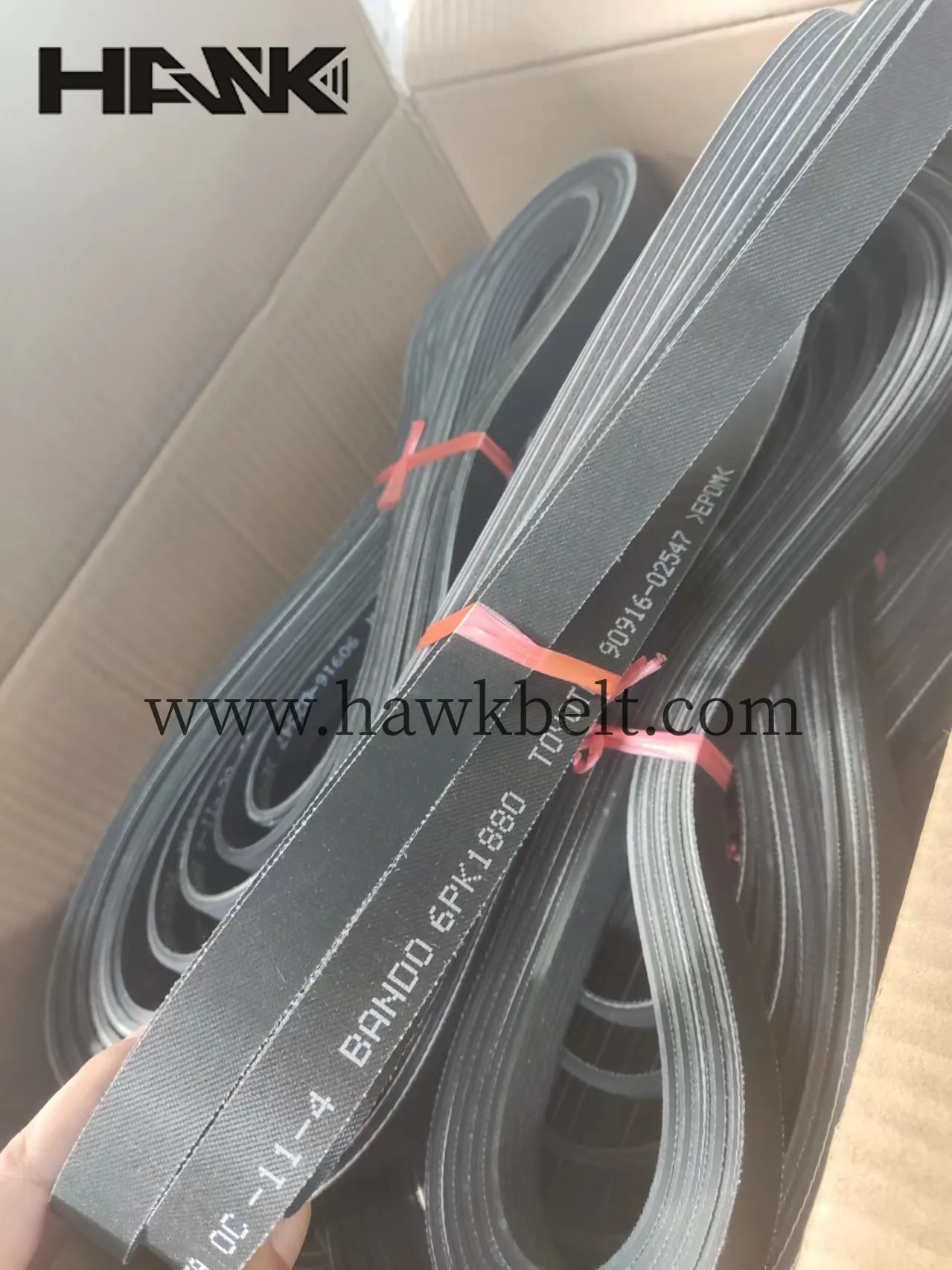- Arabic
- French
- Russian
- Spanish
- Portuguese
- Turkish
- Armenian
- English
- Albanian
- Amharic
- Azerbaijani
- Basque
- Belarusian
- Bengali
- Bosnian
- Bulgarian
- Catalan
- Cebuano
- Corsican
- Croatian
- Czech
- Danish
- Dutch
- Afrikaans
- Esperanto
- Estonian
- Finnish
- Frisian
- Galician
- Georgian
- German
- Greek
- Gujarati
- Haitian Creole
- hausa
- hawaiian
- Hebrew
- Hindi
- Miao
- Hungarian
- Icelandic
- igbo
- Indonesian
- irish
- Italian
- Japanese
- Javanese
- Kannada
- kazakh
- Khmer
- Rwandese
- Korean
- Kurdish
- Kyrgyz
- Lao
- Latin
- Latvian
- Lithuanian
- Luxembourgish
- Macedonian
- Malgashi
- Malay
- Malayalam
- Maltese
- Maori
- Marathi
- Mongolian
- Myanmar
- Nepali
- Norwegian
- Norwegian
- Occitan
- Pashto
- Persian
- Polish
- Punjabi
- Romanian
- Samoan
- Scottish Gaelic
- Serbian
- Sesotho
- Shona
- Sindhi
- Sinhala
- Slovak
- Slovenian
- Somali
- Sundanese
- Swahili
- Swedish
- Tagalog
- Tajik
- Tamil
- Tatar
- Telugu
- Thai
- Turkmen
- Ukrainian
- Urdu
- Uighur
- Uzbek
- Vietnamese
- Welsh
- Bantu
- Yiddish
- Yoruba
- Zulu
Aug . 17, 2024 11:20 Back to list
Understanding the Functionality and Applications of Power Transmission Belts in Machinery
Understanding Power Transmission Belts An Overview
Power transmission belts are crucial components in mechanical systems, playing a vital role in the transfer of power between different machinery elements. They are used in a wide range of applications, from automotive engines to industrial machinery, and understanding their function, types, and maintenance is essential for ensuring the efficient operation of these systems.
What are Power Transmission Belts?
Power transmission belts are flexible loops made from various materials, designed to transmit power from one moving part of a machine to another. They are typically used to connect the rotating shafts of motors and driven machinery, facilitating movement through friction or engagement with pulleys. Their primary function is to convert rotational motion into linear or rotational output, thus enabling diverse mechanical operations.
Types of Power Transmission Belts
There are several types of power transmission belts, each suited for specific applications and operating conditions
1. V-Belts These belts feature a trapezoidal cross-section and are commonly used in automotive and industrial applications. Their design allows them to fit snugly into pulley grooves, providing efficient power transmission with less slippage.
2. Flat Belts Flat belts are used in applications where long distances need to be covered. They have a rectangular cross-section and are often made of synthetic materials or leather. These belts are ideal for transmitting power across longer spans but may experience more slippage compared to V-belts.
3. Timing Belts Timing belts have teeth along their length, which engage with corresponding teeth on pulleys, ensuring precise timing and synchronization of movement. They are extensively used in machinery that requires accurate timing, such as in automotive engines.
power transmission belts

4. Toothed Belts Similar to timing belts, toothed belts are designed for applications requiring synchronous drive but often have different tooth profiles for specific gear ratios and loads.
5. Specialty Belts There are various specialty belts designed for unique applications, including laminated belts for high-speed applications and segmented belts for modular systems, each engineered to withstand specific environmental conditions.
The Role of Materials in Belt Performance
The performance of power transmission belts is greatly influenced by the materials used in their construction. Common materials include rubber, polyurethane, and fabric composites. Each material offers distinct properties such as flexibility, durability, resistance to wear, and temperature tolerance. For instance, rubber belts provide excellent elasticity and grip, making them ideal for various industrial applications, while polyurethane belts offer superior wear resistance and are often selected for high-performance scenarios.
Maintenance and Best Practices
To maximize the lifespan and efficiency of power transmission belts, regular maintenance is necessary. This includes inspecting belts for signs of wear, proper alignment, and tension. Misalignment can lead to premature wear, while insufficient tension may result in slippage and loss of efficiency. Additionally, keeping belts free from contaminants like oil and dust is critical, as build-up can degrade belt material and compromise performance.
Conclusion
Power transmission belts are integral to the functioning of many mechanical systems, providing a reliable means of power transfer across various applications. Understanding the different types of belts, their material properties, and the importance of maintenance can significantly enhance the performance and longevity of machinery. As technology continues to evolve, the design and manufacturing of power transmission belts are also advancing, leading to new materials and applications that meet the demands of modern industry.
-
Korean Auto Parts Timing Belt 24312-37500 For Hyundai/Kia
NewsMar.07,2025
-
7PK2300 90916-T2024 RIBBED BELT POLY V BELT PK BELT
NewsMar.07,2025
-
Chinese Auto Belt Factory 310-2M-22 For BMW/Mercedes-Benz
NewsMar.07,2025
-
Chinese Auto Belt Factory 310-2M-22 For BMW/Mercedes-Benz
NewsMar.07,2025
-
90916-02660 PK Belt 6PK1680 For Toyota
NewsMar.07,2025
-
drive belt serpentine belt
NewsMar.07,2025

